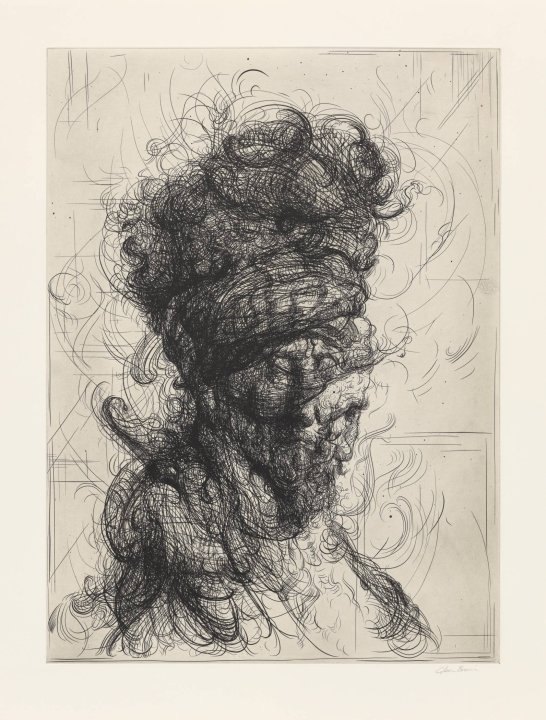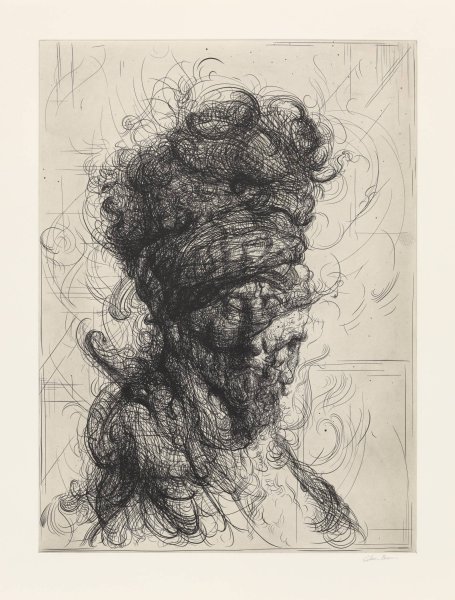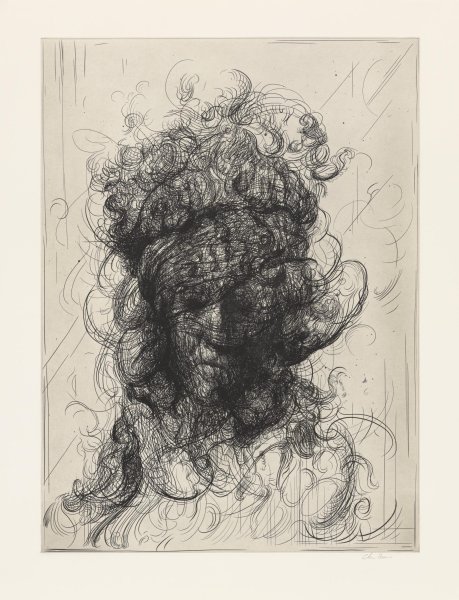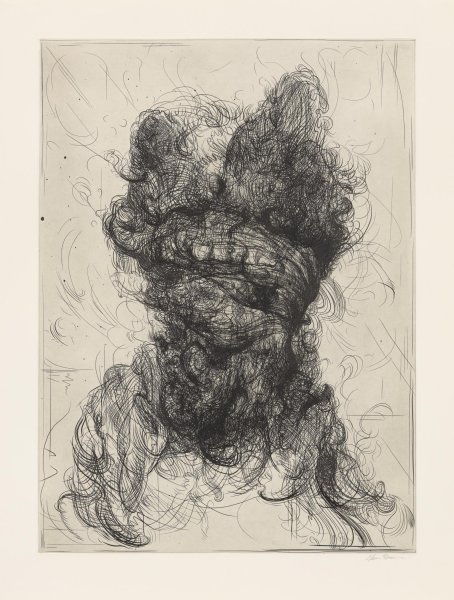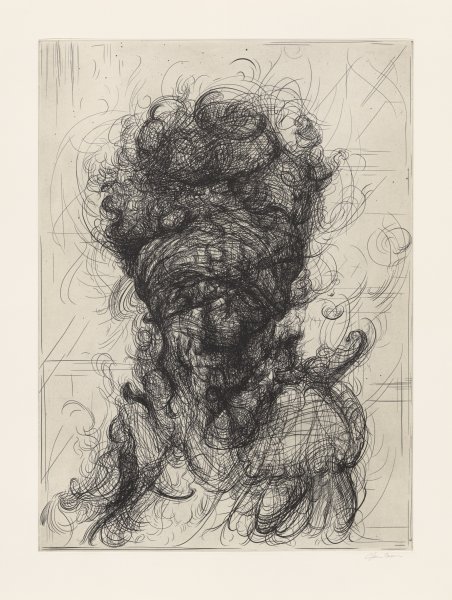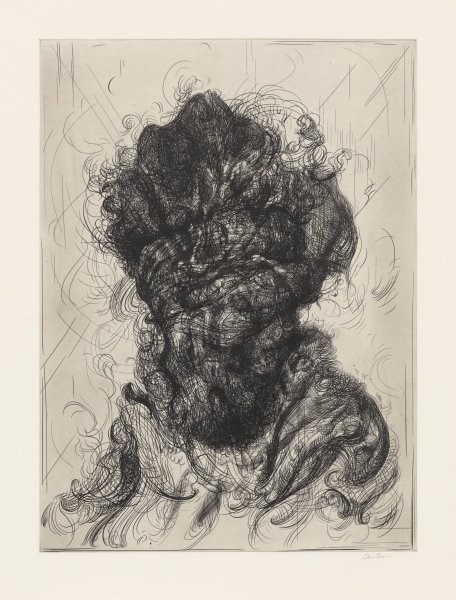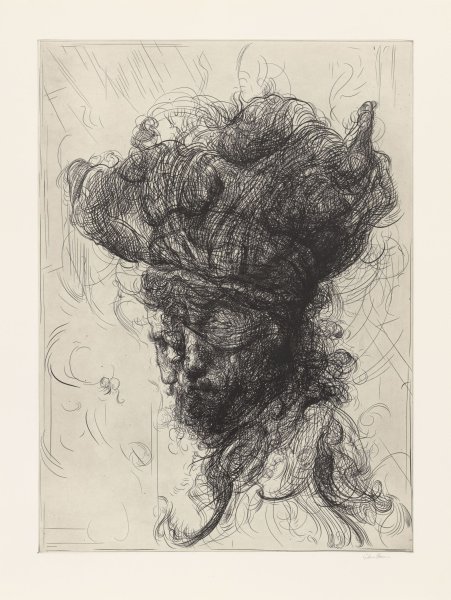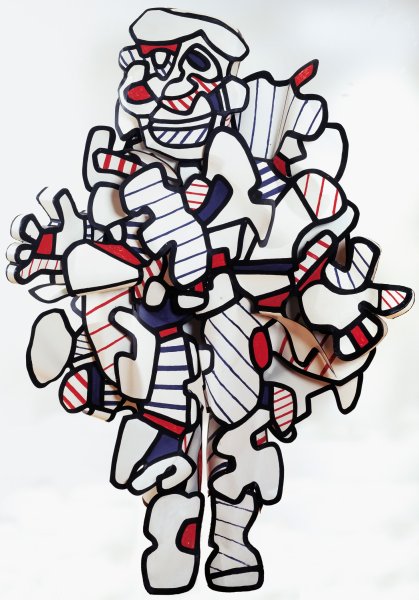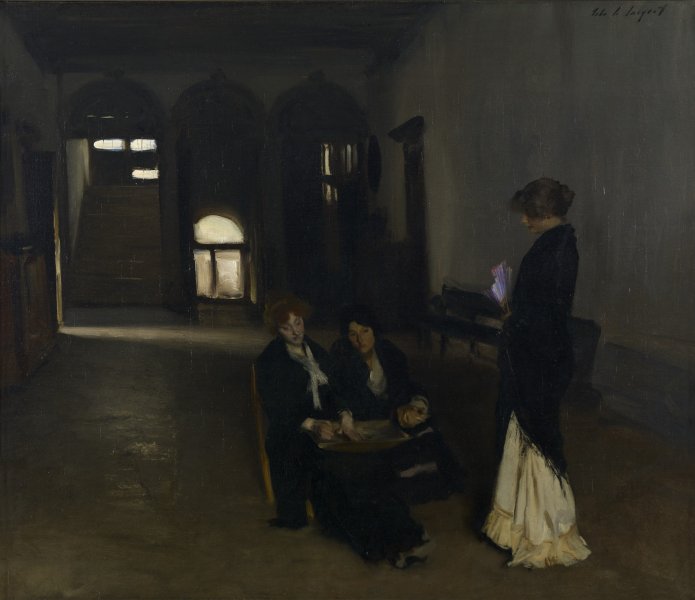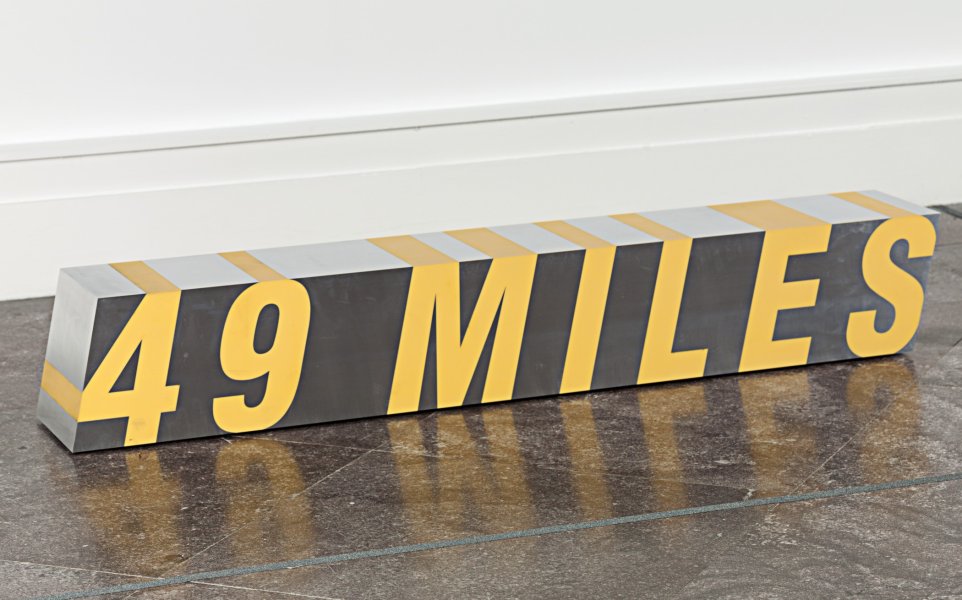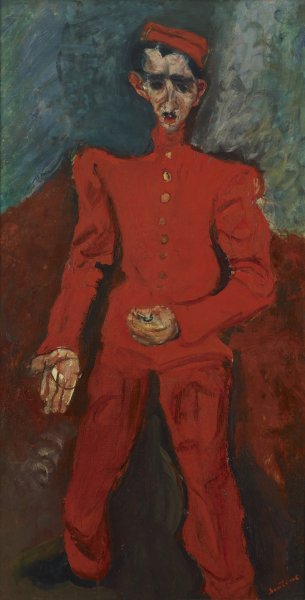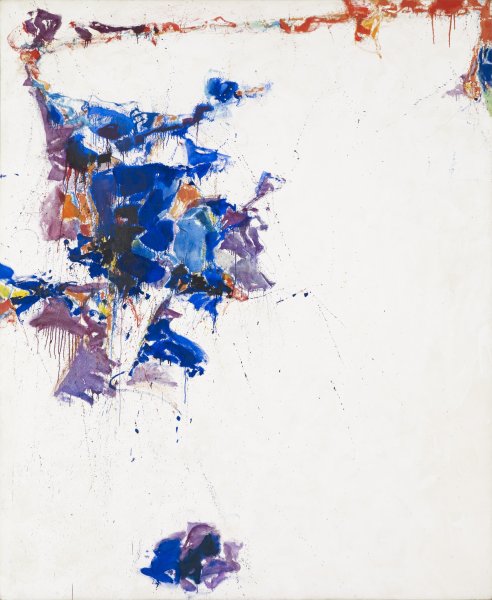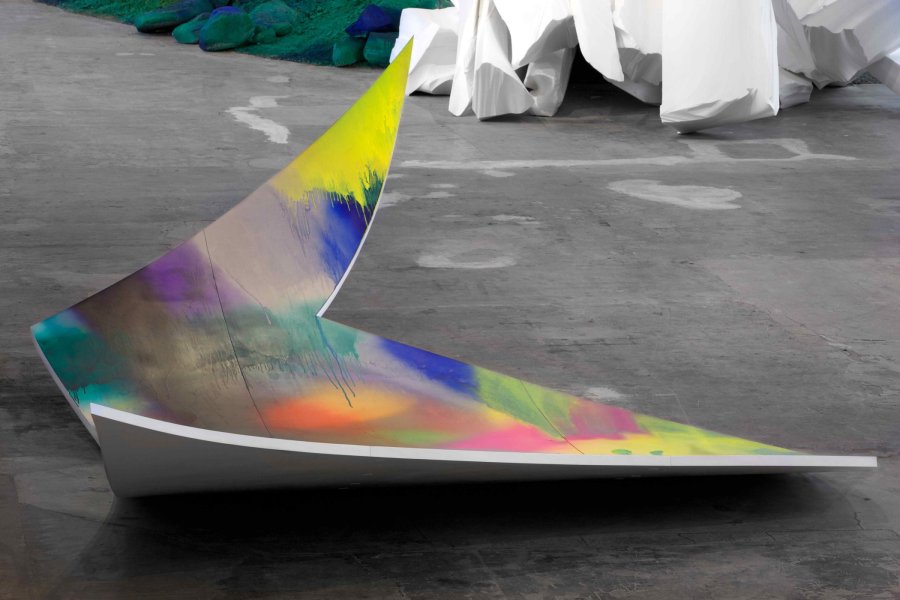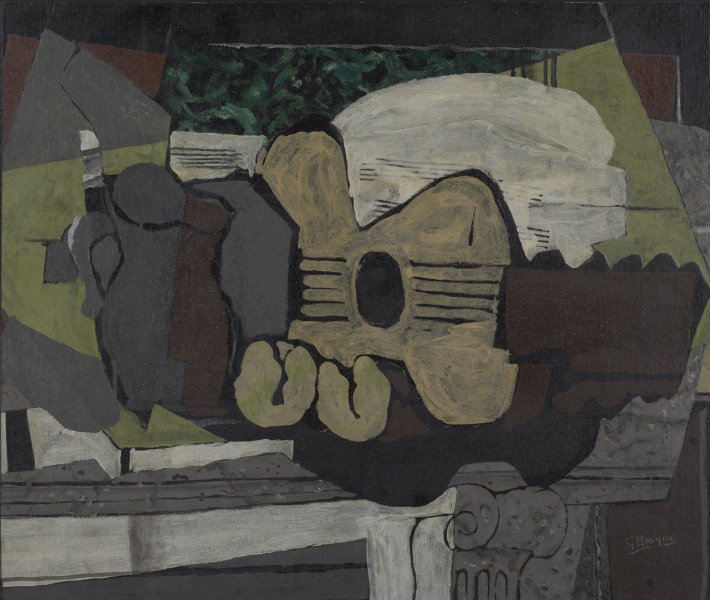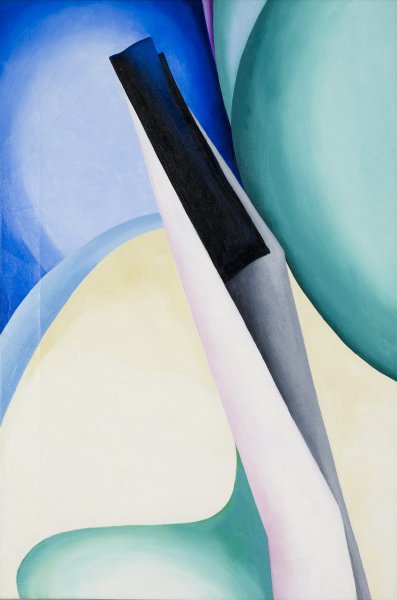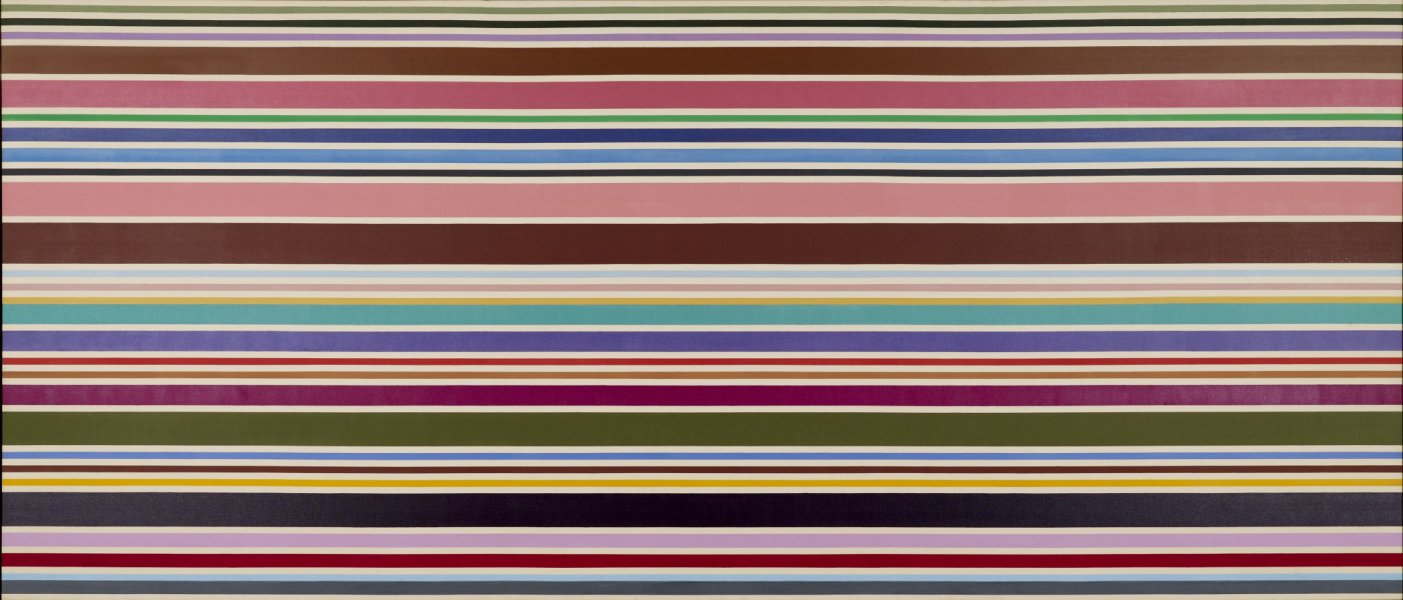Glenn Brown
British, born 1966
Half-Life (after Rembrandt), 2017
Artwork Details
Materials
set of six etchings on paper
Edition:
31/35 plus 9 artist's proofs
Measurements
each (plate mark): 29 3/4 x 21 7/8 inches (75.56 x 55.56 cm); each (sheet): 38 1/8 x 26 7/8 inches (96.84 x 68.26 cm)
Collection Buffalo AKG Art Museum
Credit
Gift of Mrs. Seymour H. Knox, Sr., by exchange, 2018
Accession ID
P2018:2.1-6
When he was an art student at London’s Goldsmiths College in the 1980s, Glenn Brown began appropriating imagery from portraits by Old Masters, often transforming their subjects into colorful, macabre figures. His series of prints Half-Life (after Rembrandt) was created for a special exhibition at the Rembrandt House Museum in Amsterdam, where they debuted among the original works by Rembrandt van Rijn that inspired them. To create his haunting version, Brown manipulated images of Rembrandt’s prints using computer software, carefully reworking the lines into dynamic swirling arcs and redrawing the results on an iPad. The digital renderings were then etched onto copperplate (a traditional substrate for printmaking that Rembrandt himself notably used) and printed one on top of the other, yielding an unsettling tension between the two heads. In the sciences, “half-life” refers to the amount of time it takes half the atoms of a radioactive substance to disintegrate. By taking this term as the title of his series, Brown alludes to the ways in which his figures appear in a state of partial decay, their faces and eyes more or less discernible across the prints.
